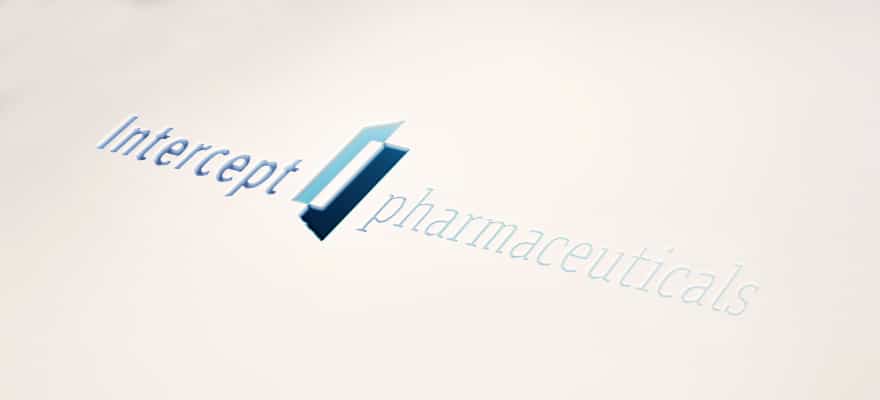As online services and stores are becoming more common, and more and more consumers are deciding to use these outlets for their buying needs over their physical Brick & Mortar counterparts. It is natural that the prevention of fraud on such Card Not Present Environment transactions has become top priority for many if not all online Merchants. PCI-DSS, fraud prevention algorithms, secure buy pages and more can help prevent fraud, but what if the cardholder who placed the transaction is the one filing the chargeback?
Merchants and processors have been taking unique measures to help prevent this kind of fraud and to ensure that most of the transactions being placed are in fact, legitimate. Merchants have found that the main solution for preventing and disputing friendly fraud simply boils down to proving that the cardholder did in fact place the transaction. But how do you prove that the Cardholder placed the transaction when neither you nor the cardholder was present, no ID was provided and no signature was given? Here are just a few useful techniques and strategies that can be used to help decrease your amount of Friendly Fraud
1. Manual Review
The most proven way of helping prevent future chargebacks from these Friendly Fraudsters is by reviewing the orders manually. This, alongside your automated security system can help point out any irregular activity. Multiple purchases and large amounts are good indicators of future friendly chargebacks, and most of them can be prevented by a simple email or phone call to verify the payment information again with the cardholder themselves. The request of documentation to be provided by fax or email has also become acceptable for high value or risky orders and helps insure sufficient documentation if needed for future disputes. These types of precautions have become more common practice as providing the proof of contact and customer approval can help reassure proof of purchase and eventually a winning dispute, not to mention it can also prevent non-friendly fraud as well.
2. Records and Documentation
Another solution to prevent the rise of Friendly Fraud is providing adequate documentation and records, proving as much information about the cardholder as possible to prove no fraud was placed. Proof of recipient email receipts and confirmations are one of the ways that show that the cardholder was aware of the transaction and did in fact receive the goods. Furthermore providing copies of the terms of use and policies also help with Chargeback reversals and winning disputes, while most systems do in fact record the IP Addresses and PC information used when the terms were accepted. Recording this kind of documentation also becomes useful in the future, to help track any irregular or strange activity, in case this card or customer information is used again.
3. Remind your Customer of the Purchase
Most Friendly Fraud cases happen, simply because the cardholder did not recognize the name of the charge on their statement, or forgot about a monthly or yearly subscription with a recurring charge. These cases can be prevented by automated notifications reminding the cardholder of the charge that was placed earlier or of the imminent automatic subscription renewal. Many Merchant Solution companies such as BlueSnap or DigitalRiver send out automated email notifications 14 days after the purchase date to remind the customer of the charge and of how the Soft-Descriptor will be presented in their statement to prevent any confusion or misunderstanding from the cardholder’s end. Similar actions are taken when a subscription is up for renewal. Automated email notifications are sent out 2-4 weeks prior to the charge to notify the cardholder of the subscription renewal. This method is also strongly suggested when offering free trials of your product.
4. Listen to the Customer
A lot of Friendly Fraud chargebacks are placed due to subpar communication with the cardholder. A refund is always preferable over a chargeback. When a chargeback is filed it is recommended that the merchant try and resolve the issue with the customer in addition to taking the appropriate actions to prevent an imminent chargeback. Resolving an issue away from the Card Companies is beneficial to all sides of the dispute. The cardholder in content with the result and your chargeback ratios are maintained.
5. New Technologies
As more and more people are sharing their payment information online, credit card issuers and processors are looking for ways to make their transactions more secure, and proved legitimate, so implementation of new security cautions are mostly always a good way to prevent any kind of fraud. Digital signatures and BioMetric print scans are only a couple of the ways to help prove the identity of the cardholder, and to prove that they in fact placed the transaction. 3DSecure also helps prove the identity of the cardholder as the security aspect of it is initiated by the cardholders themselves. Services like Jumio are also helping to prevent Friendly Fraud by using photo verification of the payment method and ID with facial recognition to insure the cardholder's identity. We can see that these advances are already being standardized and utilized with the introduction of Apple’s fingerprint scan home button on the new iPhone, and Google Wallet with NFC support to insure secure Payments .
These are just a few examples on preventing Friendly Fraud and we will go in depth in future pieces, showing in more detail on how to prevent fraud and chargebacks per industry and field.
Image courtesy of Wikipedia






















